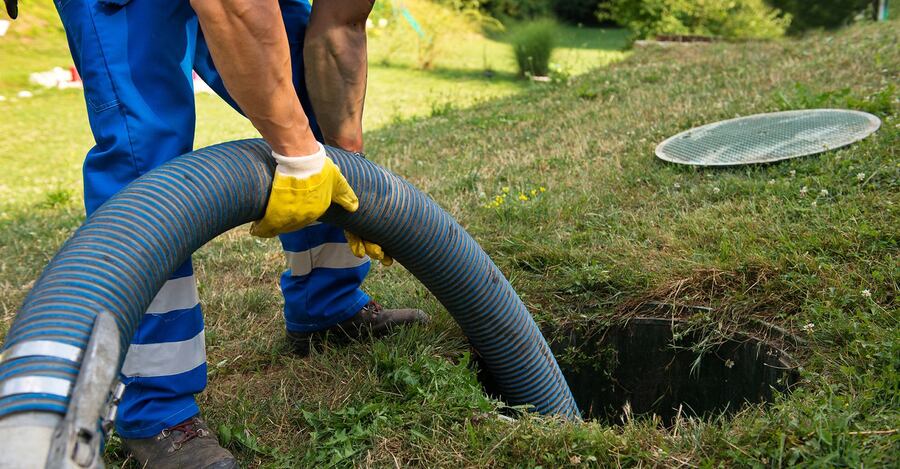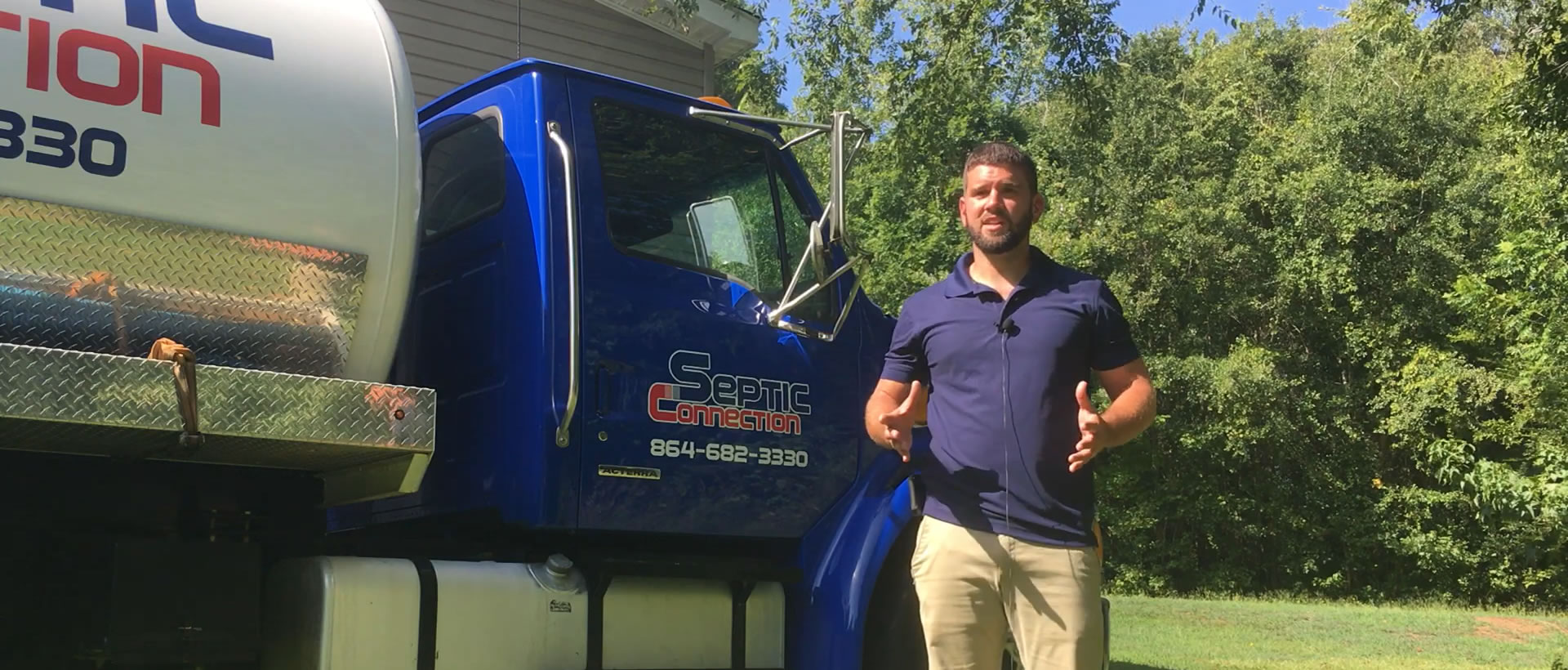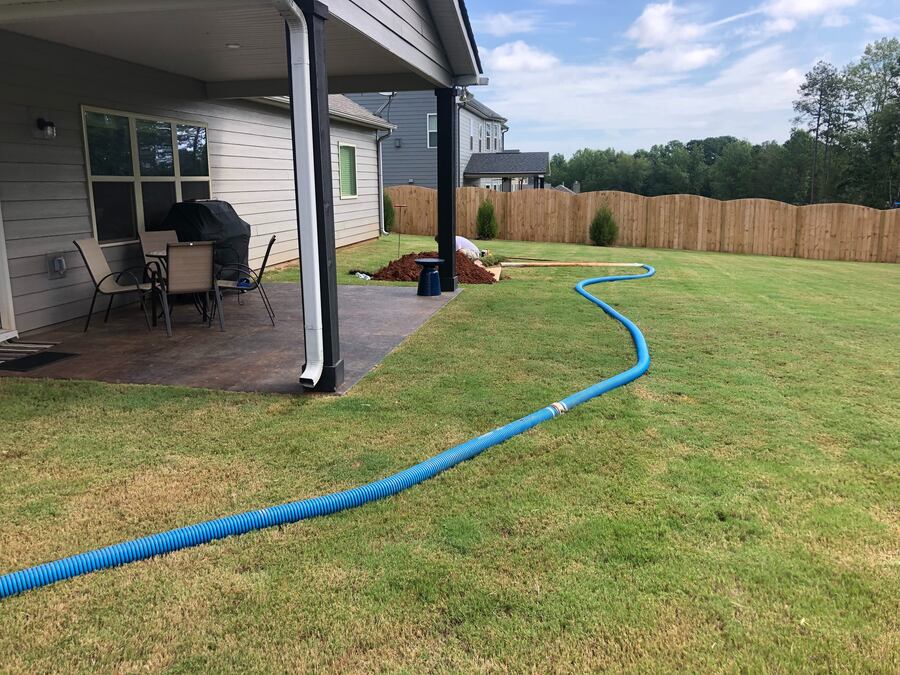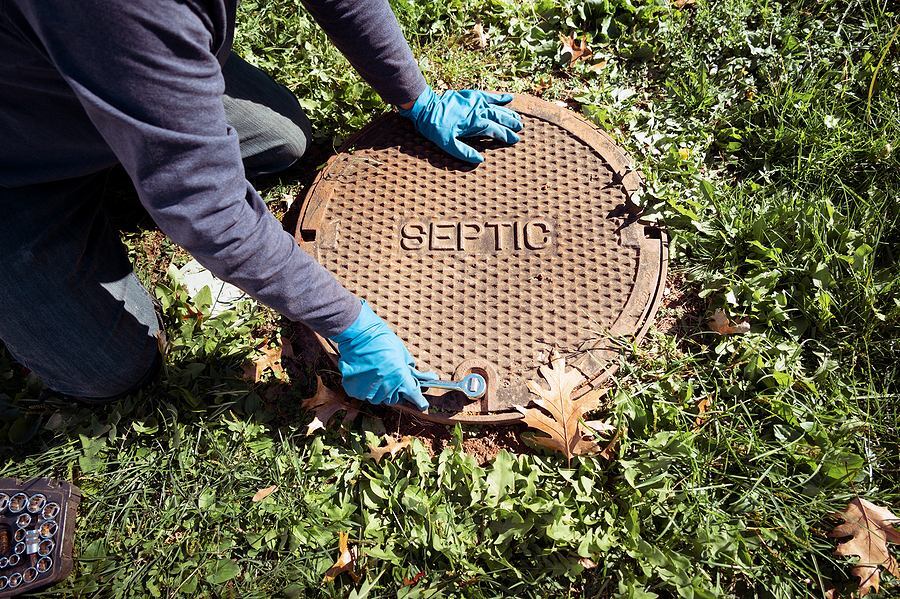
How to Prepare Your Septic Tank for Fall
As summer ends and the vibrant colors of fall take over, it’s essential to think ahead to the cooler months. While raking leaves and winterizing your garden may be on your list, don’t forget about your wastewater treatment system. As a reputable septic company, homeowners can rely on Septic Connection for proper preparation, ensuring optimum performance throughout. The last thing you want is unexpected septic tank repair emergencies when the ground hardens and temperatures drop. Here’s how you can prepare your septic tank for fall.
Schedule a Professional Inspection
The first step in preparing your septic tank for fall is scheduling a professional inspection. Wastewater treatment systems can develop issues that go undetected until things become worse. A thorough inspection by a reputable septic company can help you identify potential problems such as leaks, clogs, or excessive sludge buildup. Early intervention is critical to address underlying issues them from becoming major concerns during the colder months.
Pump the Tank if Necessary
After the inspection, your technician may recommend a septic tank pumping session, especially if it’s been a few years since the last maintenance call. Pumping removes the solid waste and sludge that accumulates over time, reducing the risk of backups and system failures. Fall is an ideal time for septic tank pumping and cleaning as it ensures that your unit is ready to handle the increased water usage during the holiday season.
Monitor Water Usage
As the weather cools, people usually spend more time indoors, leading to increased water usage. To prevent overloading your system or recurring septic tank cleaning and repair sessions, it’s important to monitor water usage closely. Simple measures, such as fixing leaky faucets, installing water-efficient appliances, and being mindful of long showers, can make a big difference. Lowering water usage maintains the balance in your tank, ensuring it can effectively treat and disperse wastewater.
Clear the Area Around the Drain Field
The drain field is a critical component of dispersing treated wastewater back into the soil. Fall is a good time to clear the area around the drain field of any debris, leaves, or overgrown vegetation that could interfere with its function. Roots from trees and shrubs can infiltrate the drain field pipes, causing blockages and septic tank repair emergencies. Keeping this area clear ensures that your system remains efficient as it transitions into the winter months.
Insulate Exposed Pipes and Components
As temperatures drop, the risk of pipes freezing increases. To prevent this, insulate any exposed pipes, especially those leading to and from your septic tank. Insulation is usually done during the initial septic tank installation, and entails wrapping the pipes with foam covers or using specialized insulation blankets. This step is crucial in areas where winter temperatures frequently dip below freezing. Proper insulation prevents the pipes from freezing and cracking, which could cause costly repairs and recurring septic tank cleaning or pumping sessions.
Prepare for Reduced Biological Activity
During fall and winter, the bacterial activity in your septic tank slows down because of cooler temperatures. This reduced biological activity can affect the breakdown of waste. To help your septic system, consider using a treatment to boost bacterial levels. These treatments add beneficial bacteria to the tank, maintaining efficiency even in cooler weather. However, always consult with a professional before using any additives to ensure they’re safe and effective for your specific system.
Preparing your septic tank for fall is an essential part of home maintenance that can prevent costly repairs and ensure your system operates smoothly throughout the winter. Contact us at Septic Connection and schedule a consultation with our experts to protect your wastewater treatment system from the challenges of the colder months. We provide comprehensive services, including septic tank installation and maintenance, giving you peace of mind as you enjoy the beauty of fall.
 How it works
How it works




